Content by Sara Bauder
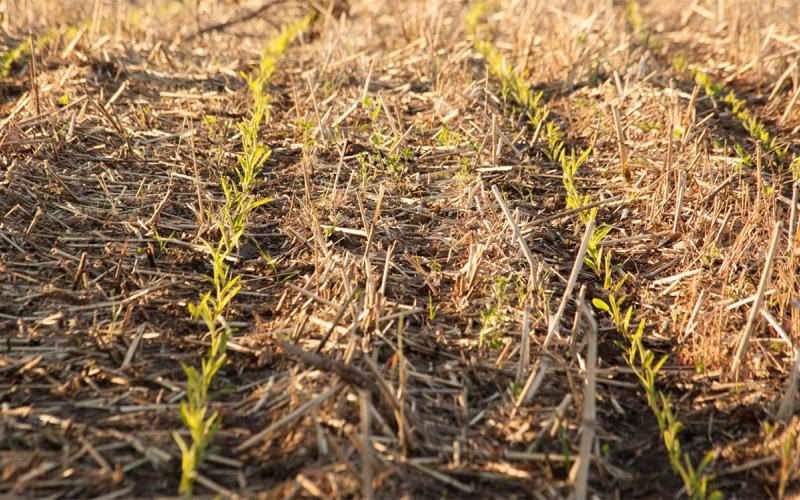
Corn Planting Populations: A Deeper Dive
Corn is grown all across South Dakota, and the optimal target population varies depending on location. In a nutshell, there is a lot more to seeding population selection than what meets the eye.
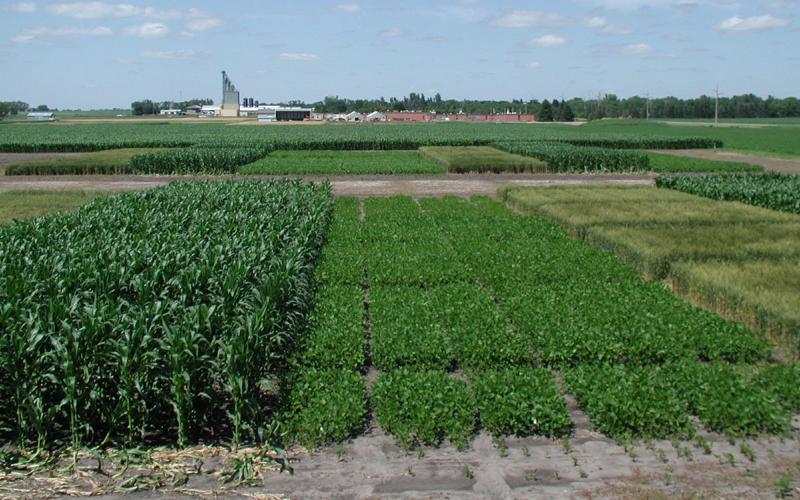
Interpreting Research Results: The Simple Way
Although research results and statistical terminology can seem overwhelming, understanding the basic concepts can be valuable for decision making. When making management decisions, don’t hesitate to ask for research results and statistics to back up marketing claims.
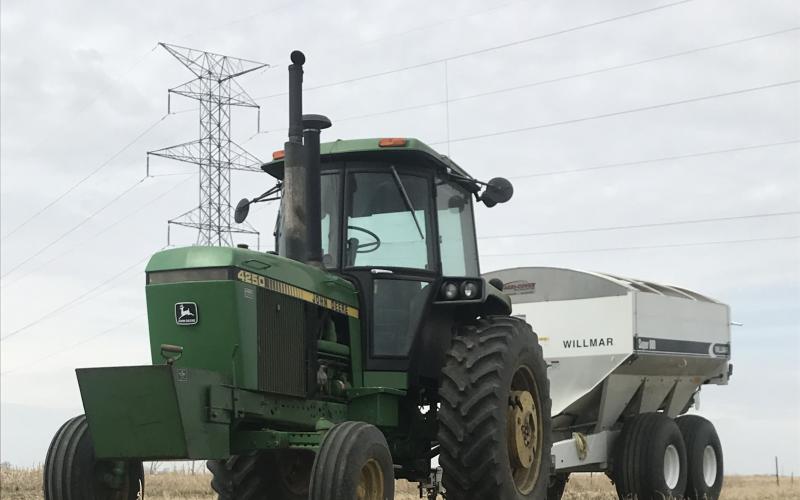
SDSU Extension February Crop Hour Series to Conclude with Focus on Forages
February 10, 2021
Forages are the foundation to many livestock feeding systems, providing nutrients, energy, protein, digestibility, fiber, minerals, vitamins and more.
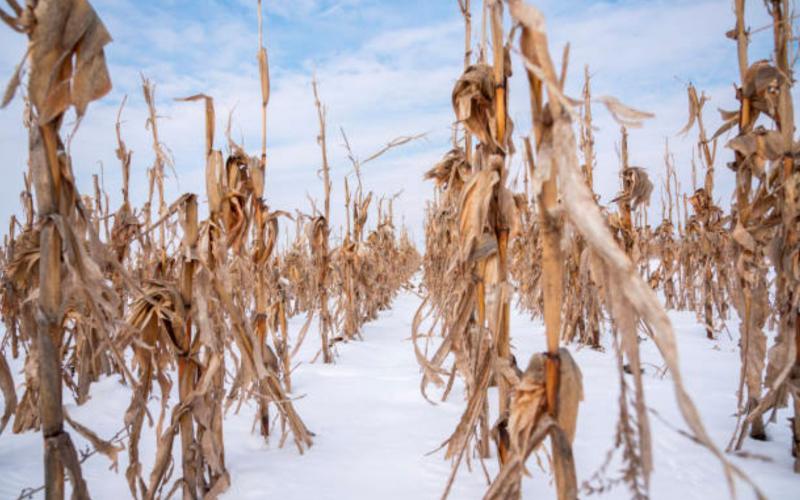
SDSU Extension Invites Growers to Take Coffee Break Online and Talk Corn
December 23, 2020
Do you have questions about corn? Join us for more information January 12 15!
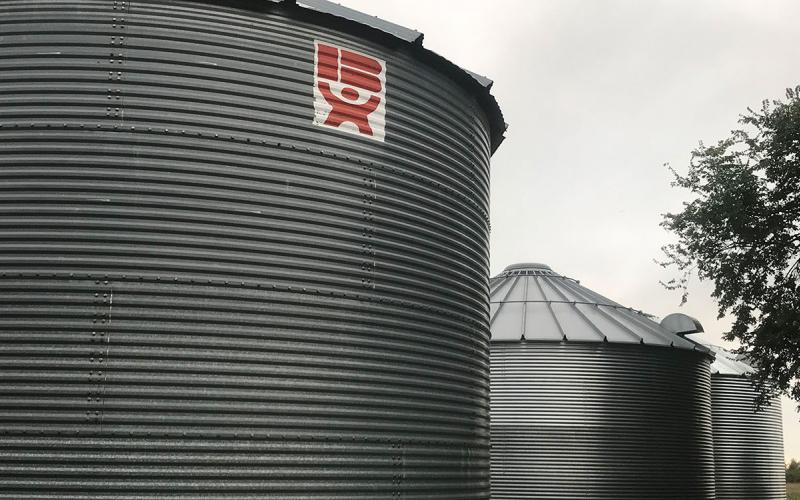
Fall Grain Storage Tips
As the temperature drops, don’t forget to check on your stored grain. Although most of the South Dakota grain harvest was sufficiently dry this year, we still need to watch grain storage temperatures and conditions.

Using Data for Better Seed Selection
As harvest wraps up across the region, winter preparation and planning for next year begins. Yield trial results are a key component when making sound seed selection decisions.
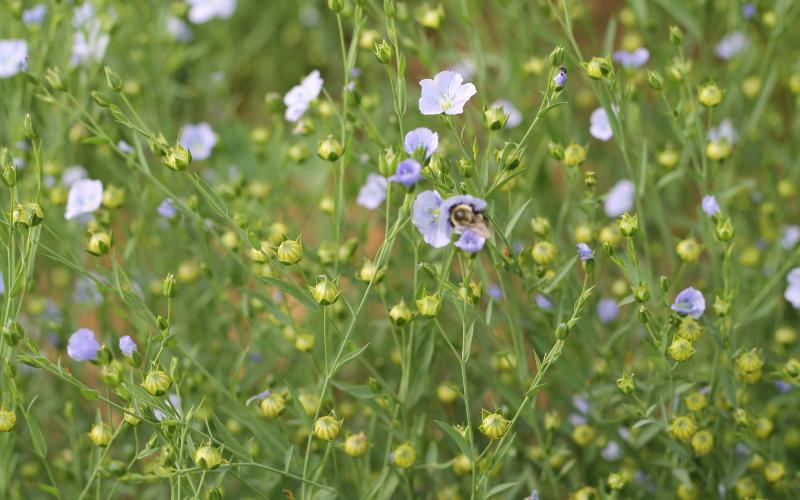
Herbicide Residual Effects on Cover Crops after Wheat
Fact sheet about herbicide residual effect on cover crops after wheat.

Steps to Prevent Stored Grain Infestations
As wheat harvest is underway it is important to ensure that grain bins are prepared in the best possible manner to prevent insect infestations. There are seven steps that can be taken to help reduce the chances of having infested grain.

Cover Crop Considerations for 2020
Producers across South Dakota are harvesting small grains. These crops provide an excellent window for adding a cover crop into your rotation.
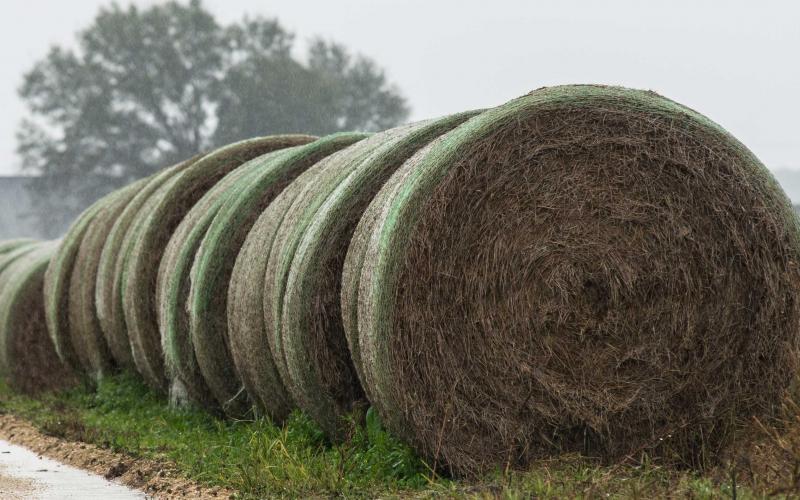
Round Bale Storage Conservation
Fact sheet discussing conservation of round bale storage.